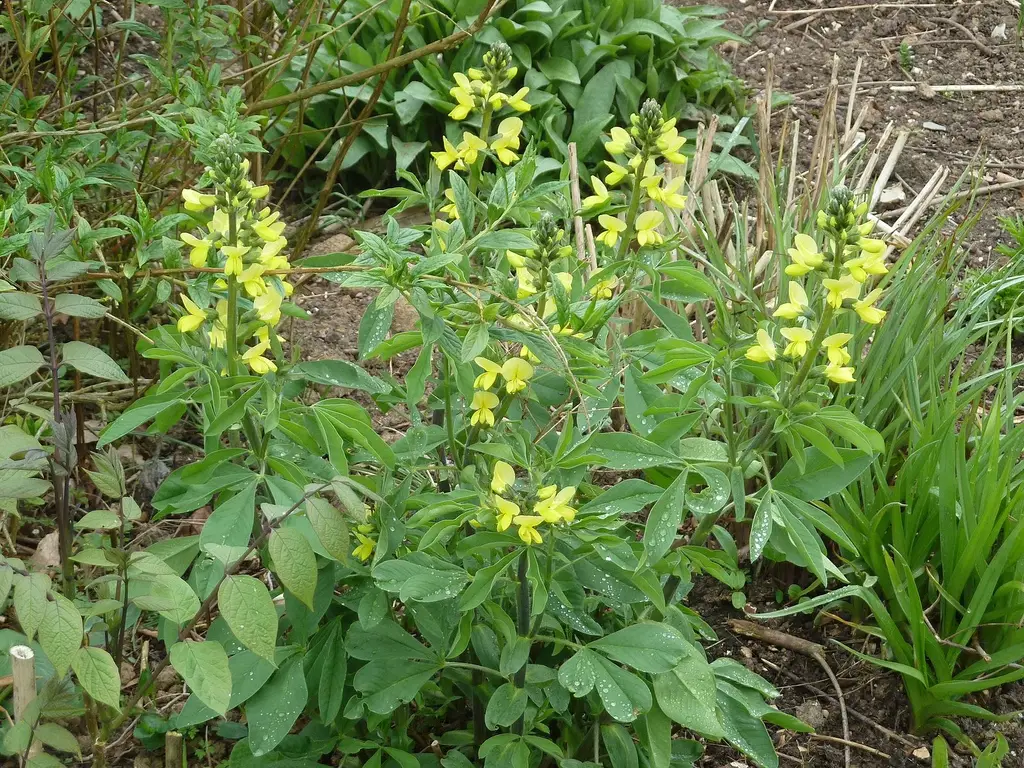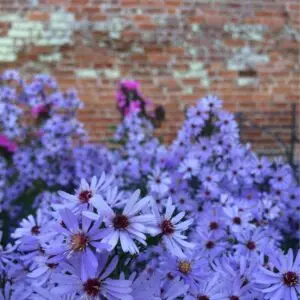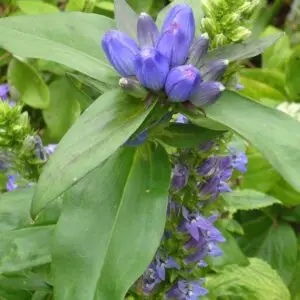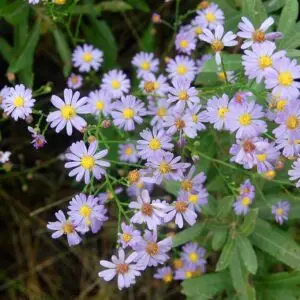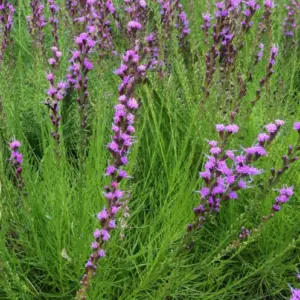| Size | Trade Gallons, Two Gallons, Three Gallons |
|---|
Thermopsis villosa – Carolina Lupine(B&B.DR.H.M.MTH.NB.OP)
$15.00
Ecosystem Services:
(B)-Birds (B&B)-Birds & Butterflies
(BTF)-Butterflies (BW)-Black Walnut Resistant
(DR)-Deer Resistant (DRGHT)-Drought Resistant
(EC)-Erosion Control (EVR)-Evergreen
(FC)-Fall Color (FRG)-Fragrant
(GRD)-Groundcover (H)-Host plant
(HMR)-Hummingbirds (M)-Mammals
(MTH)-Moths (N)-Nectar
(NB)-Native Bees (NST)-Nesting Material
(OP)-Other pollinators (RR)-Rabbit Resistant
(SHWY)-Showy (SPC)-Specimen Plant
The tall spikes of Southern Lupine’s bright yellow flowers are a beautiful sight in spring. Although native to the mountains of North Carolina and Georgia, these clump-forming plants perform beautifully in the Piedmont and coastal plain, where true Lupines don’t grow well because of the heat. Cut the foliage back about a month after flowering and it may bloom again in fall.
Plant in average moist well-drained soil in full to partial sun. Avoid crowding this plant to prevent fungal disease and water during a drought. It adds bright spring color to the back of the border.
Host plant for Wild Indigo Dustywing Moth

